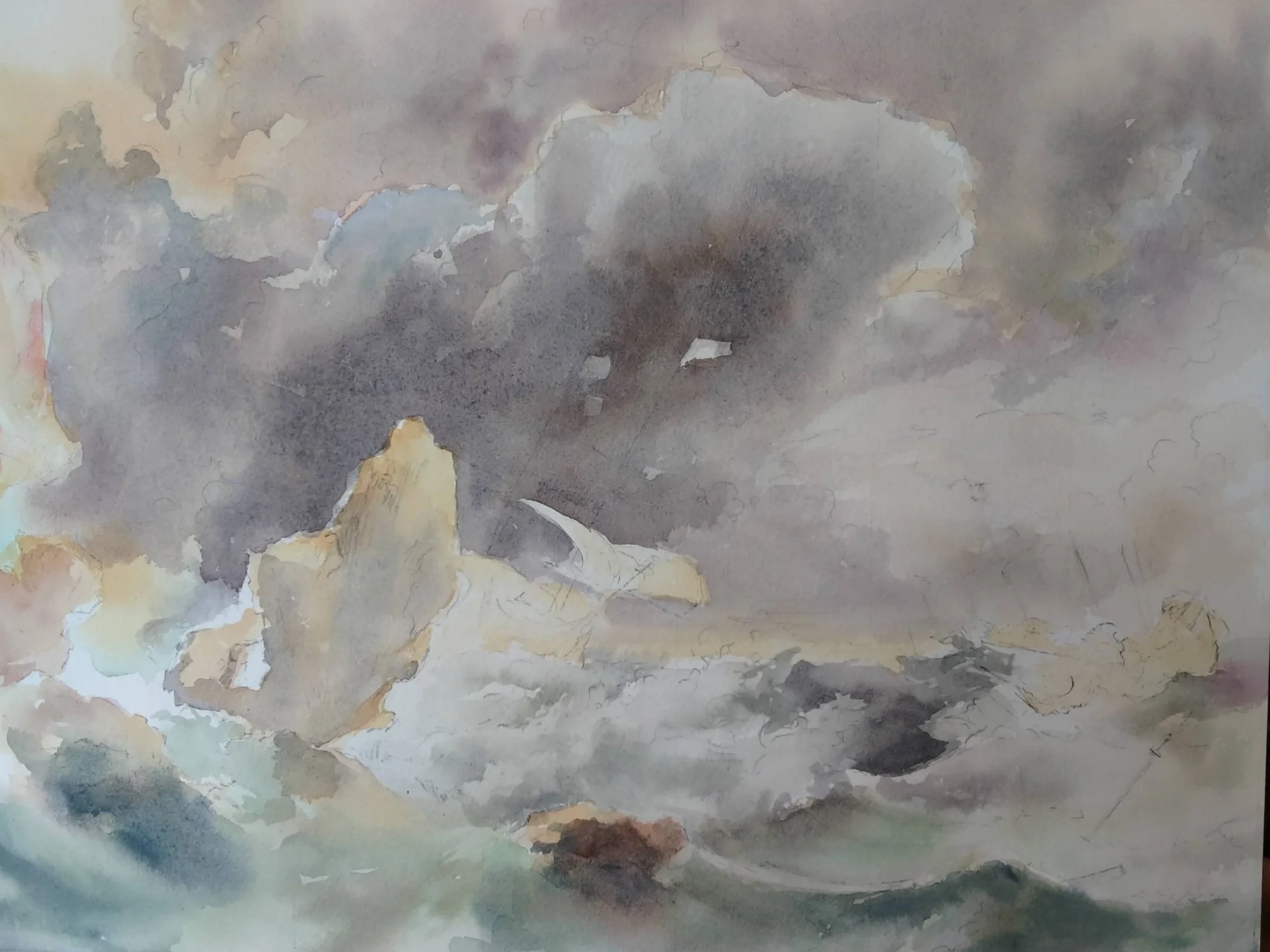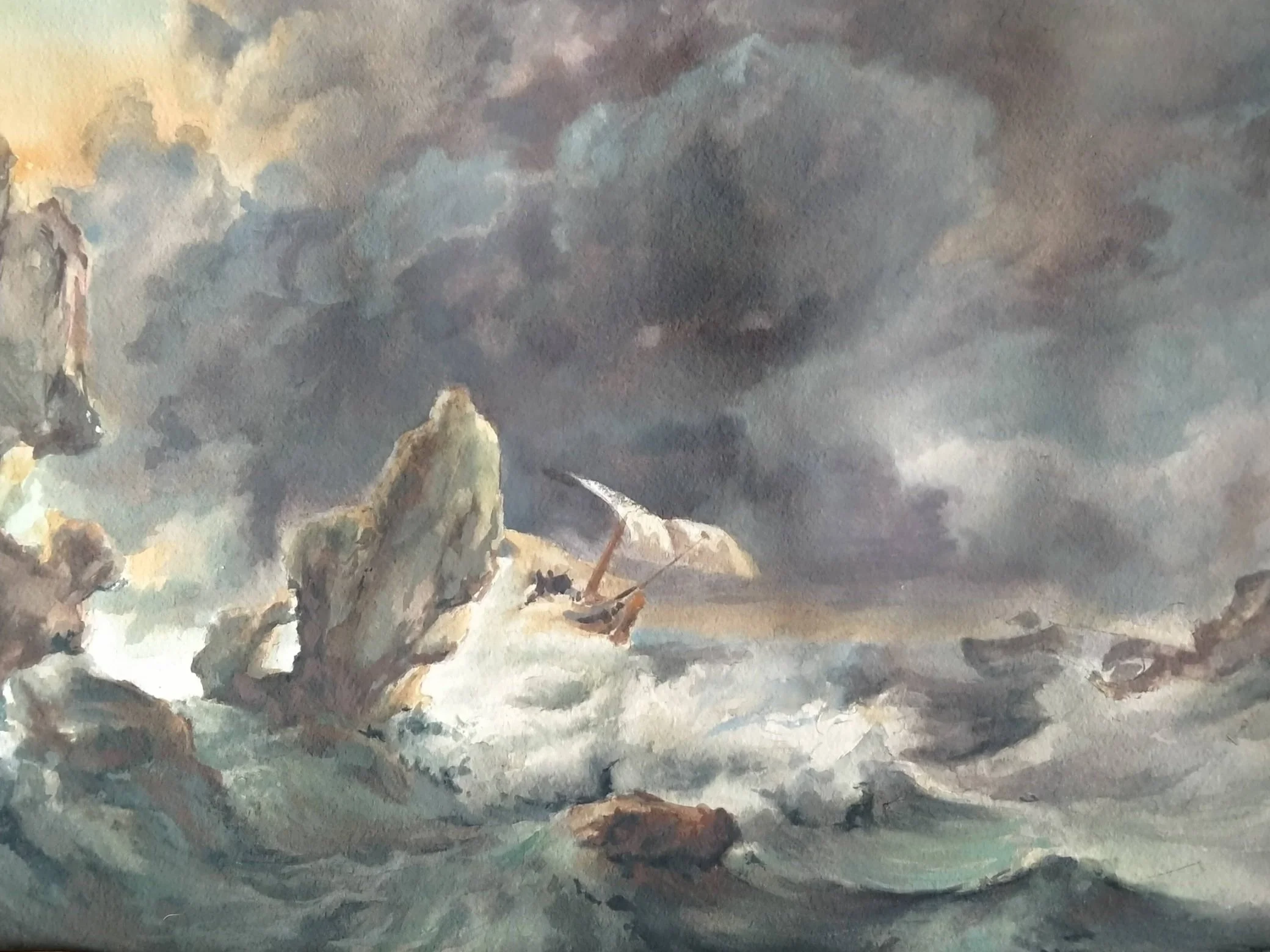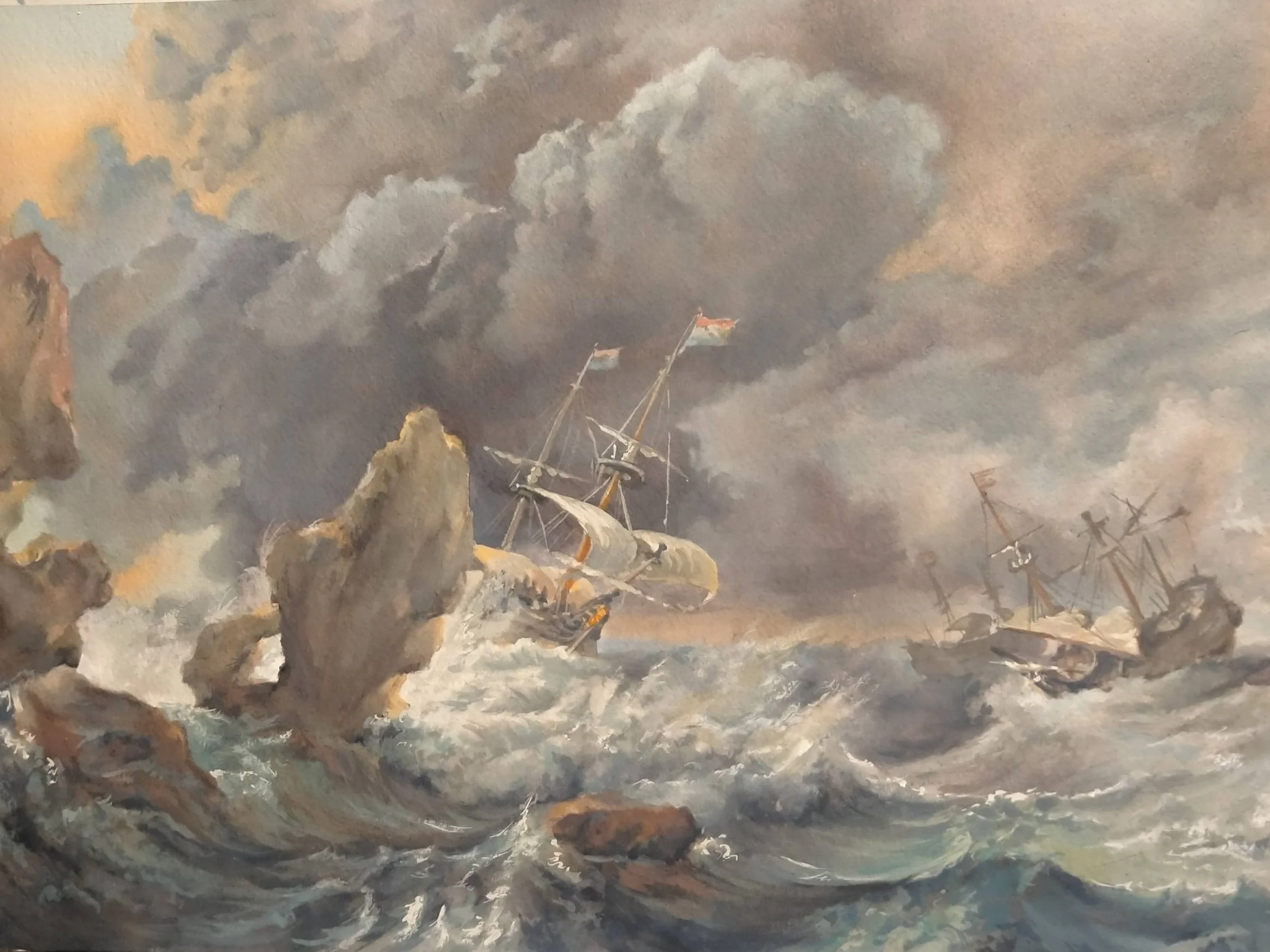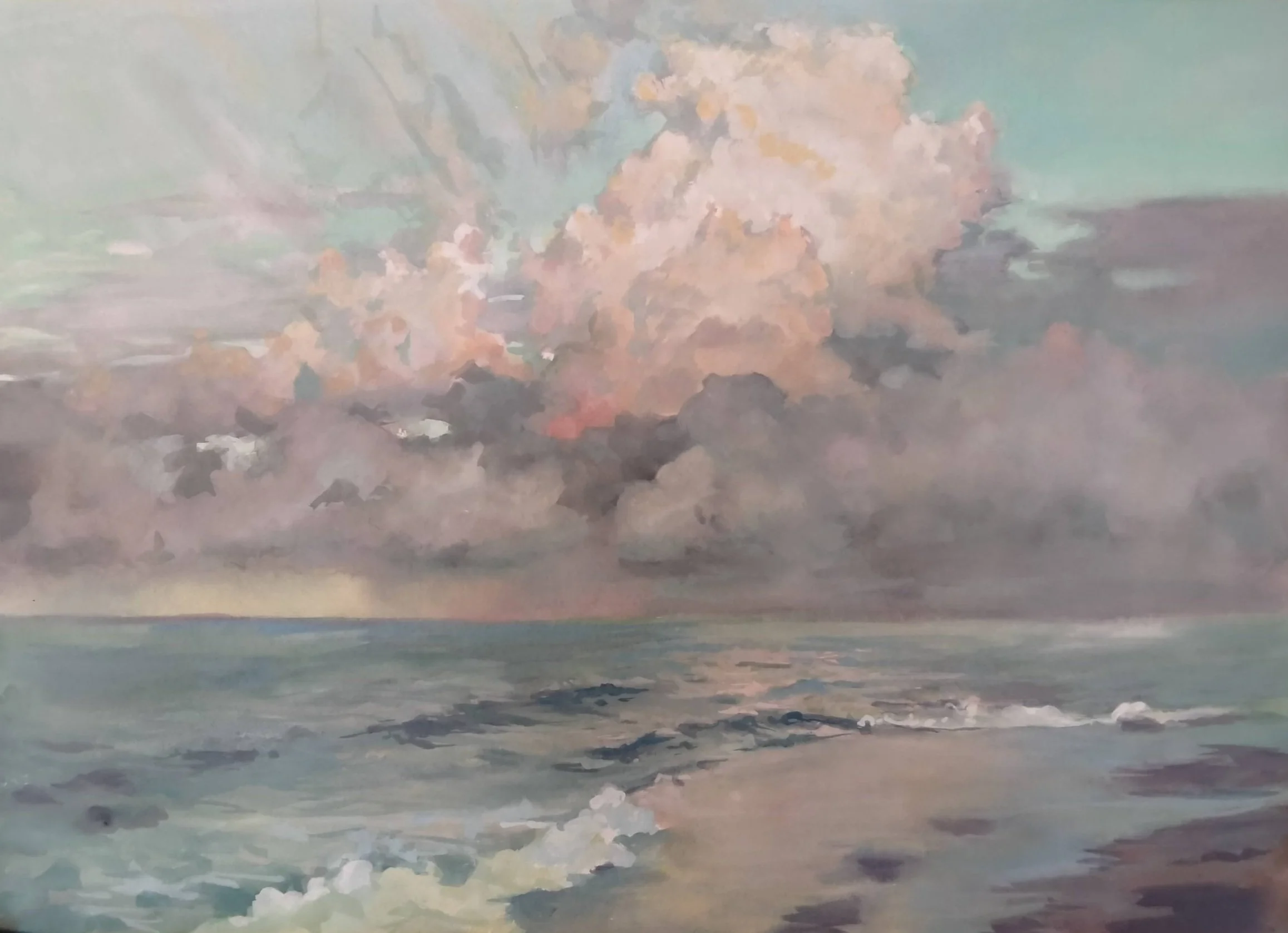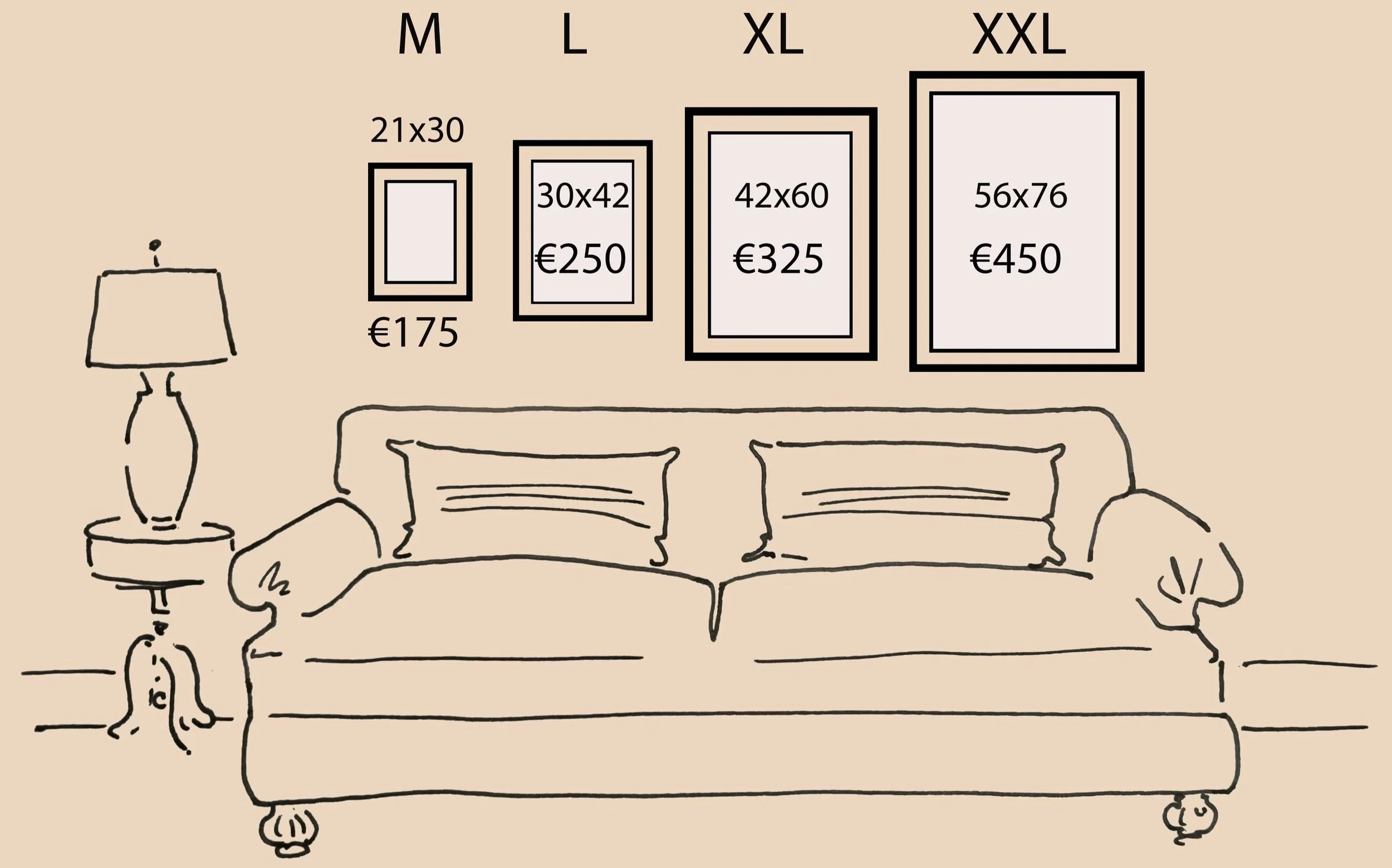Masterpiece Reproductions
Why settle for prints?
Being able to print out the catalog of the world’s finest paintings is a wonderful thing to have at our fingertips. But having a real artist implement their years of training to recreate a painting you love is much more intimate. Seeing the texture of the surface, appreciating brushstrokes and high-quality pigments: this helps you connect with the art much more deeply.
I recreate artwork that is in the public domain (see FAQs below) with gouache on paper. The final product is not intended to fool a museum into thinking that it’s the original; that would be impossible in a different medium. It’s meant to be a piece of art that matches the original as closely as possible, but the most important thing is that it has a high level of craftsmanship and gives you the same emotions.
I love learning from old masters. It’s great to be able to spend time with art that has stood the test of time. I’d love to help you bring one of your favorite paintings into your home.
Examples of artwork in the public domain




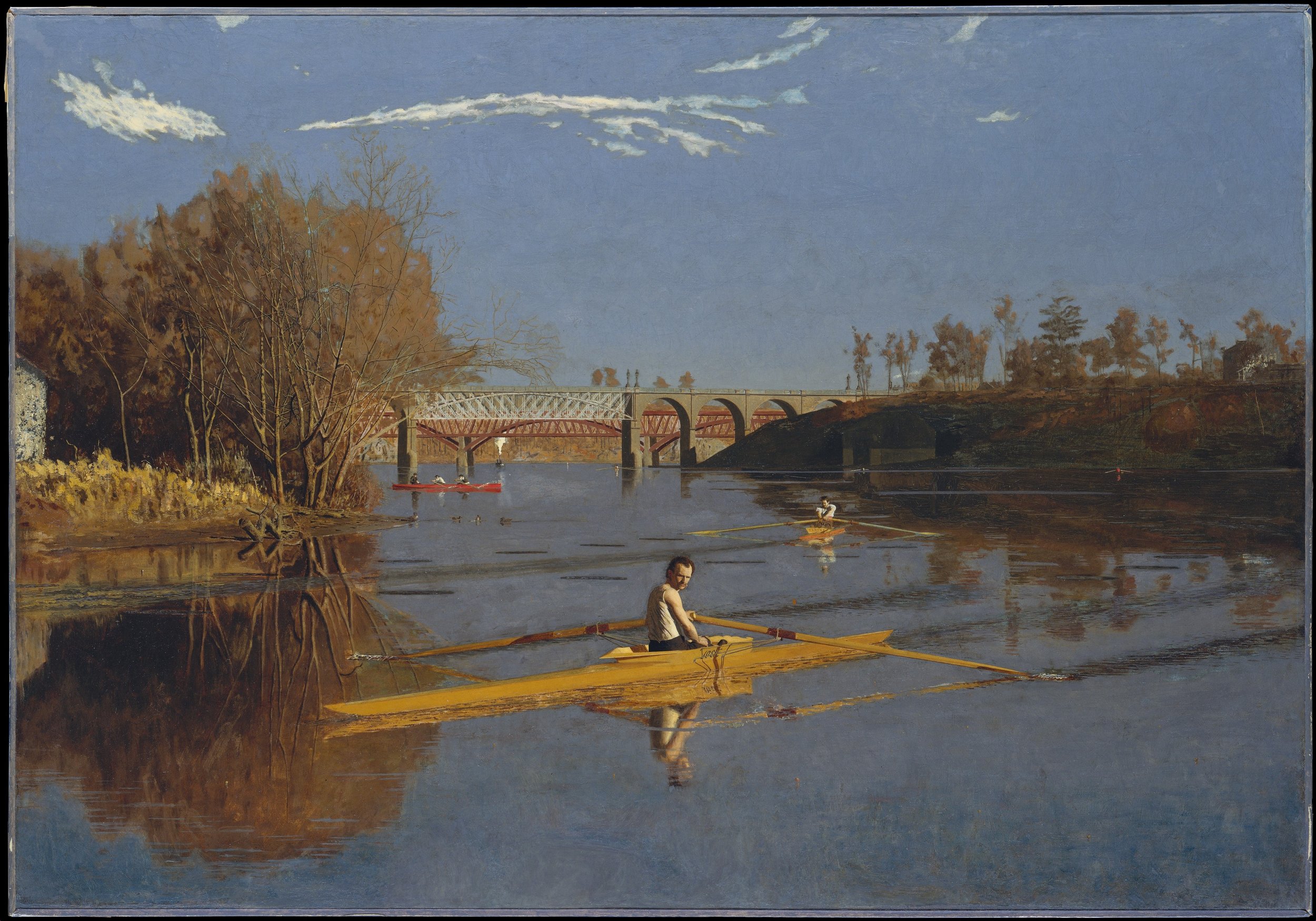





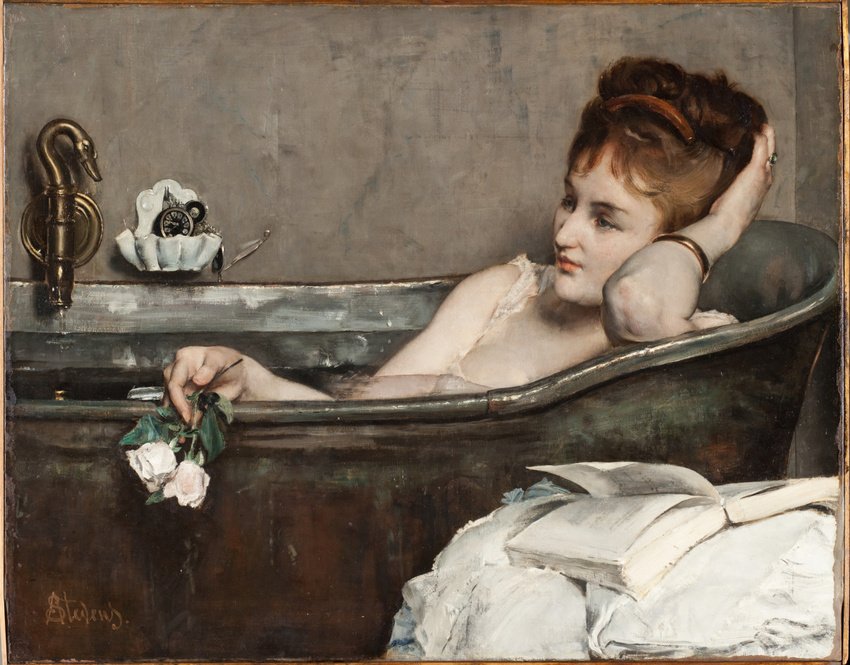
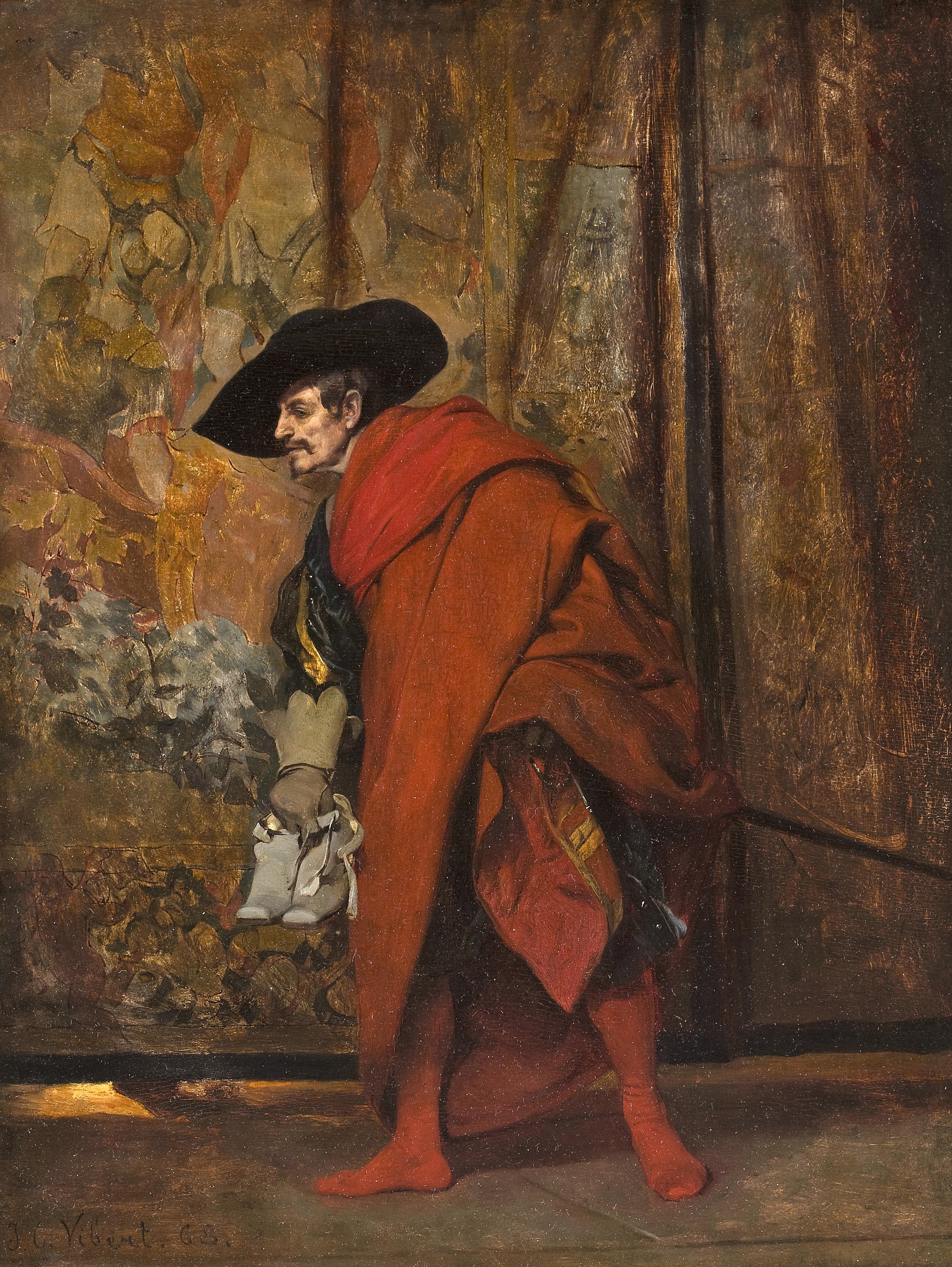




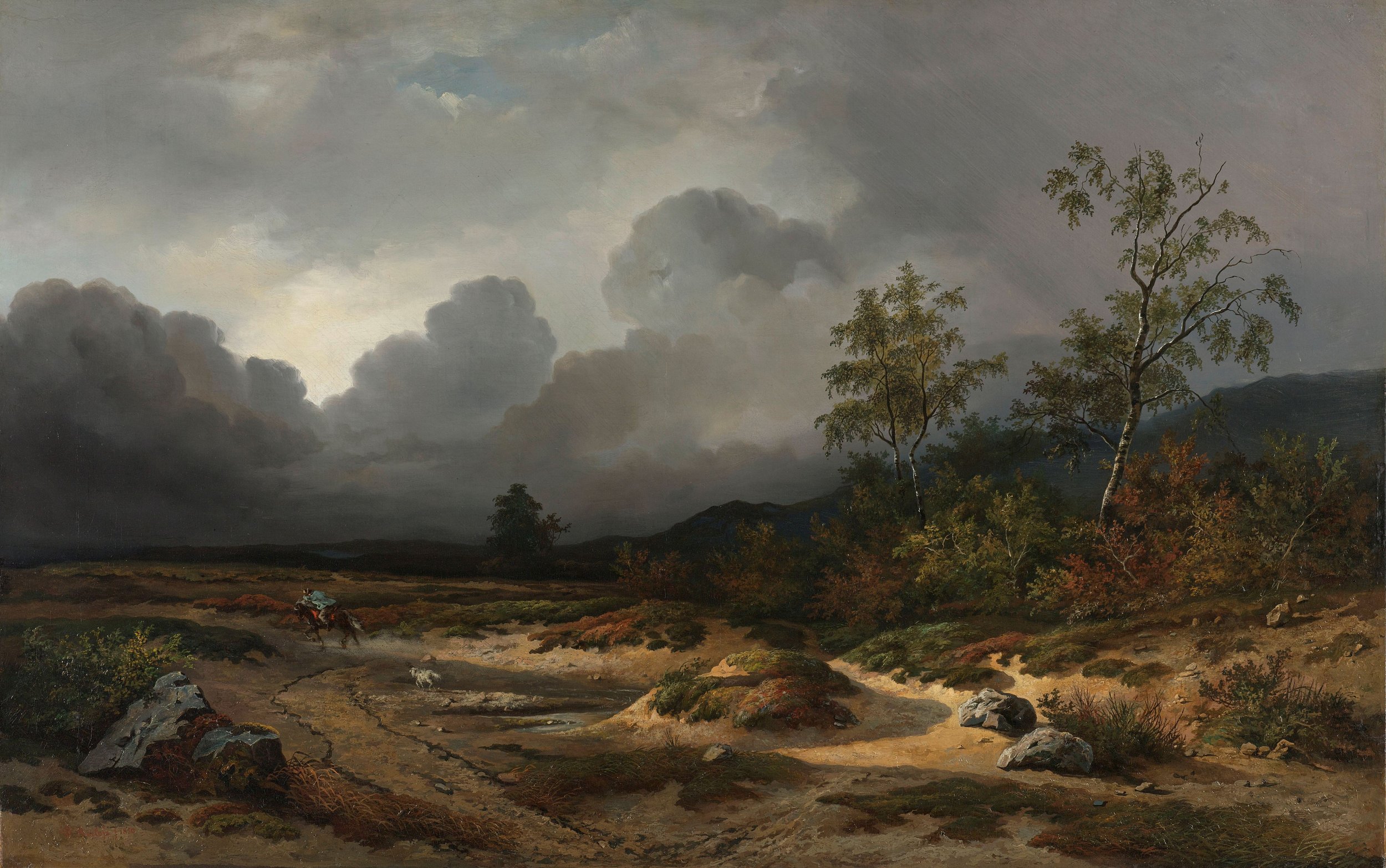

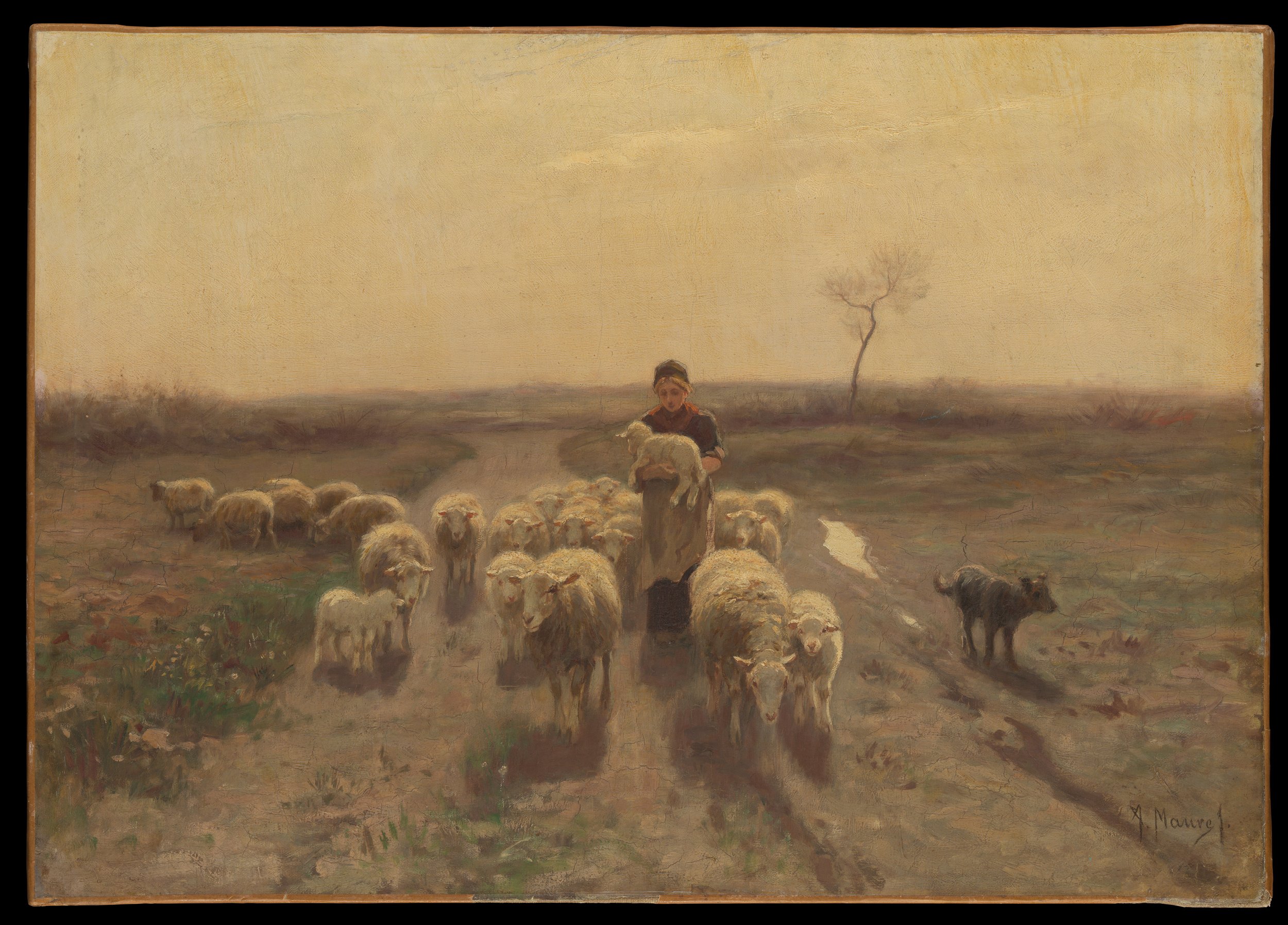




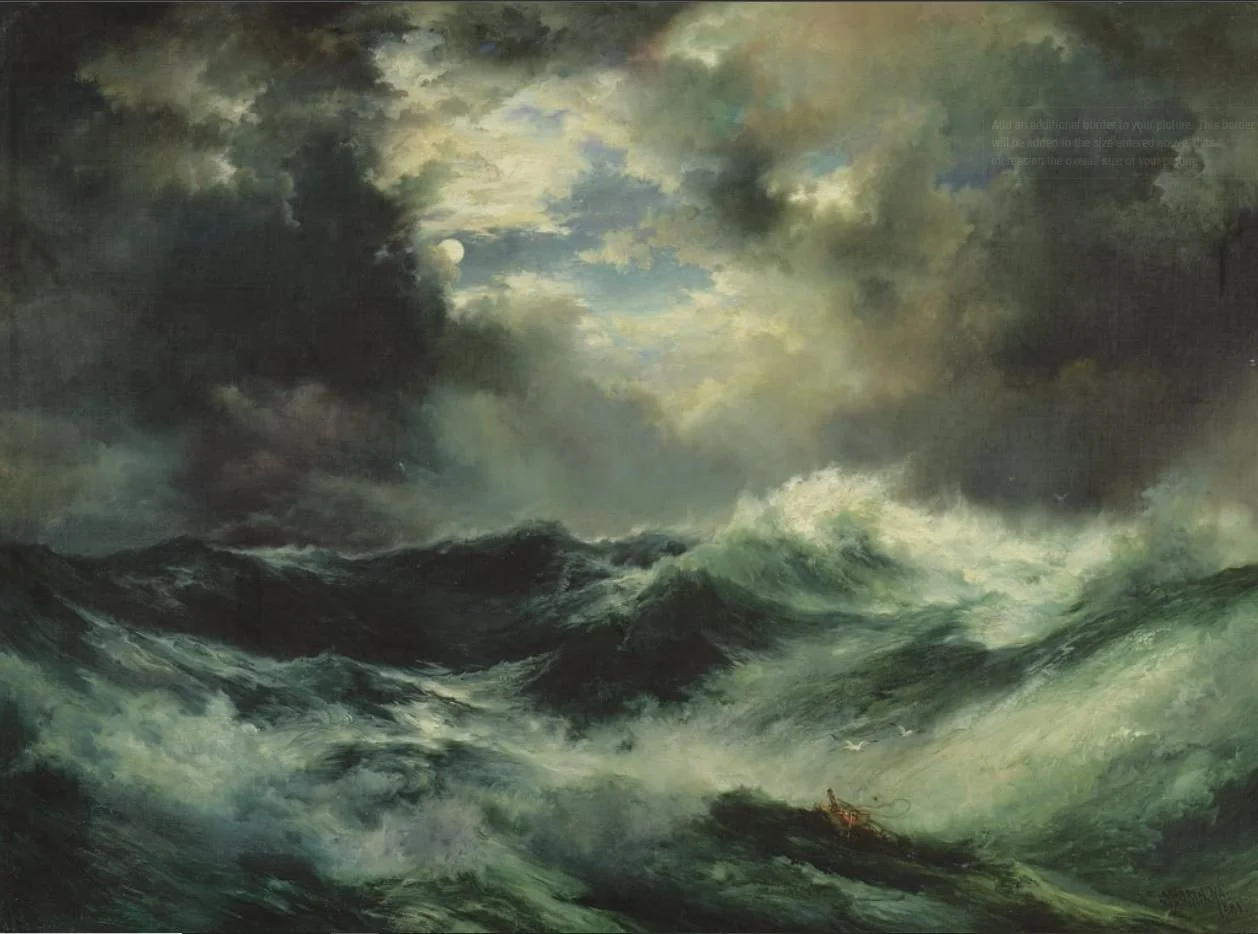
FAQs
-
There is such a wealth of underappreciated art at our fingertips. Aside from encountering art in person at museums, most large museums have digital catalogs available online. Some of my favorites are the Rijks Museum and the National Gallery of Art.
Once you have found an artist or painting that you love, Wikimedia Commons can be a good resource to see if a high resolution image of the painting is available.
-
In general, copyright in Europe lasts for 70 years following the artist’s death. This varies somewhat in some countries, and it’s good practice to double check for each individual artist. However, it’s safe to assume “the copyright on works whose authors died more than one hundred years ago has lapsed.” This site, from the European Commission, goes into detail.
-
If it’s not clear that the art is free from copyright, we must first obtain permission from the rightholders. If that’s not possible, then any reproduction would be an infringement on their property rights.
-
Gouache is a type of water-based paint that is similar to watercolor but has a higher pigment concentration and opacity. It's made with pigment, water, and a binding agent, typically gum arabic, which gives it a creamy consistency. Gouache paint dries to a matte finish and can be reactivated with water even after it has dried.
While the pigments in gouache and other mediums are the same, there are differences in drying time, finish, and handling properties that give gouache a distinct look.
-
Traditional gouache paintings can last for generations when cared for correctly. This includes framing under glass and in contact with acid-free materials. It is important that the bare painting be protected behind glass because contact with water, even with a fully dry painting, can reactivate the paint and smudge the painting.
However, it is possible to seal and varnish a gouache painting. If this is done, the surface is more reflective and the paints appear as though they are wet. This often makes the darks appear more rich, and the overall painting feels much more like an oil painting. In this case, they could be framed without glass.
-
Within 30 days of receiving the painting, you can return it for any reason. In this case, I would reimburse 75% of the cost (everything except for your deposit) and keep the painting.
Orders
General Pricing
These prices are indicative; the price for your request can be higher or lower, dependent on the number and complexity of subjects and any rush fees. This price is for the painting alone; it does not include framing or shipping.


